What is boutique coffee? How to define boutique coffee? Fine coffee is coffee that makes you happy after drinking it.
For professional baristas, please follow the coffee workshop (Wechat official account cafe_style)
In 1978, a woman named Erna Knutsen, from the Knudsen Cafe in the United States, mentioned "boutique coffee" (specialty coffee) at the International Coffee Conference in France.
The concept of boutique coffee, simply put.
"Coffee beans with unique flavor are produced under unique geographical conditions and microclimate. "
The original English text is as follows:
"special geographic microclimates produce beans with unique flavor profiles"
Of course, under this idea, coffee beans are properly processed, fresh roasting and zero-defect coffee brewing skills. Finally, we can get the title of "boutique coffee".
Before we talk about coffee, let's talk about wine. Grapes grown in different climatic and geographical conditions (climate, soil) have different flavors, so of course, the wines also have different tastes, aromas, sweetness and acidity.
It's the same with coffee beans.
But the big difference between wine and coffee is that in the wine world, a single company may take care of everything, from planting, caring, harvesting, and even brewing to wine. Finally, just unscrew the cork, slowly pour the wine into a beautiful glass and serve it to the guests.
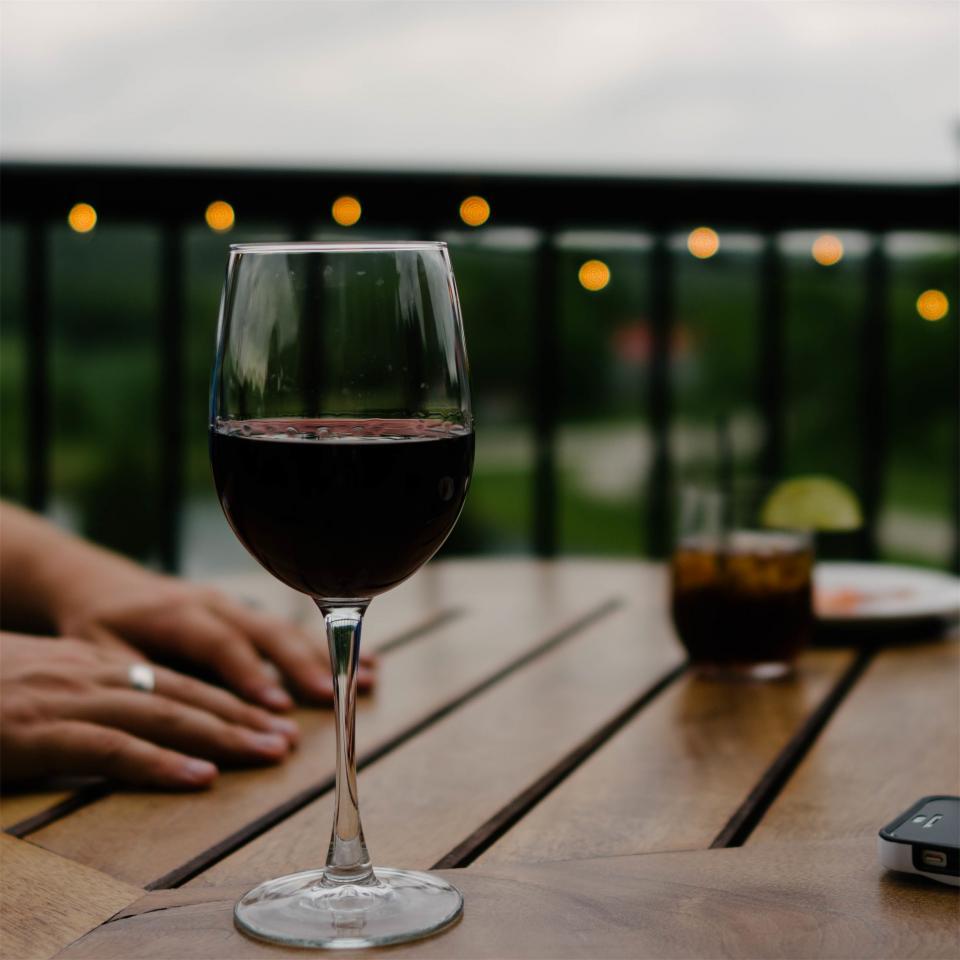
The production process of wine is much simpler than that of coffee. Photo credit:Serge Esteve
And coffee? coffee to the hands of consumers, after a number of transitions.
The coffee grower responsible for growing the coffee tree hands over the harvested coffee fruit to the coffee bean processor, who hands over the processed beans to the trader, who then transfers the processed beans to the roaster, who hands the roasted beans to the barista (the coffee brewer) before reaching the consumer. Go through multiple stops, each of which is an indispensable role and has an important task, so as to achieve the cups of fine coffee in the hands of customers.
Is the coffee good? Is it catchy? The influencing factors can be divided into three parts: congenital conditions (genetic problems), acquired environment (harvest time, transportation, processing procedures) and truth (baking, grinding, cooking).
Congenital condition (Potential)
The first focus is potential, that is, the qualification of coffee beans (to put it bluntly, the problem of genes). When there are good varieties of beans, with weather, geography, people and other factors, to achieve a cup of mellow coffee. Good beans are grown in the right climate (weather), the soil is fertile and pH is moderate (geographical location), coupled with the technology of coffee farmers (people and), can produce high quality coffee beans.
Acquired environment (Preservation): harvest time, transportation, processing procedures
Harvest time point
To get glittering and translucent red coffee fruits, there must be healthy plants, rich soil, suitable climate, careful care and follow-up harvest. Coffee farmers must know that the maturity of the fruit is one of the most important factors affecting the taste of coffee, so be sure to collect only ripe coffee red fruit.
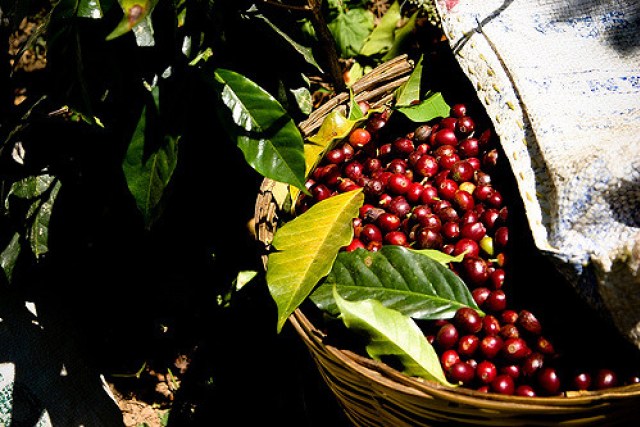
Harvesting ripe coffee fruit is one of the keys to fine coffee.
Transport
In addition, the coffee fruit is harvested and must be processed, and the process of transportation from the farm to the coffee processing plant should not be ignored. Once in this process, the coffee fruit begins to rot, it will affect the final coffee flavor.
Processing program and preservation
Carefully remove the peel and pulp and then dry. This part also plays an important role. For example, drying too fast, too slow, uneven drying, poor preservation environment, and then again wet, incomplete drying, and so on, all of these conditions will have a significant impact on the quality of coffee. Therefore, the preservation conditions of processed coffee beans are extremely important, and we must pay attention to the relative humidity and temperature as well as the storage container.
Truth (Revelation): baking, grinding, cooking
The truth came out, implying that the quality of this batch of coffee would not be known until this time. It's a bit of a "lottery" concept. (Ding Dong Ding Dong)
What is boutique coffee (Part 1), there is an overview of the coffee industry as a whole, and the importance of coffee bean varieties.
What is boutique coffee (Part 2), indicating "acquired environment (Preservation): harvest time, transportation, processing procedures"
Baking is a great knowledge.
This is a stage of transformation, using heat to awaken the deep and wonderful flavor and aroma buried in beans.
The coffee roaster must accurately grasp the characteristics of the beans, be able to present the aroma and flavor perfectly, and finally match them with proper packaging (isolated from the air, and freshly roasted beans will emit carbon dioxide, so there will be an one-way vent on the package). However, if it is used by an unskilled coffee roaster, or the roaster is not used properly, or even defective packaging, it is a waste of high-quality raw coffee beans.
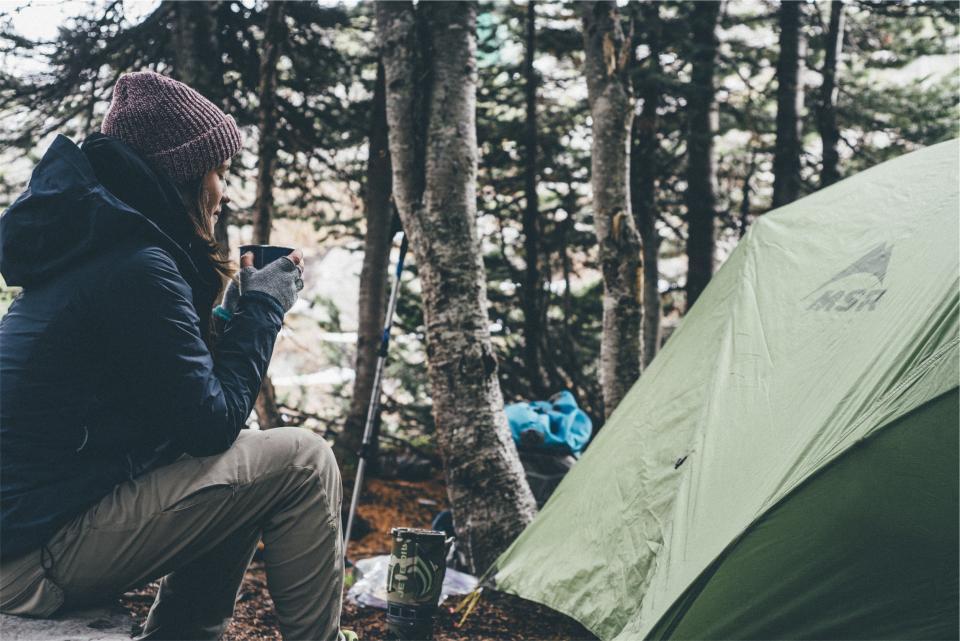
Grinding
It is a necessary step for beans to be ground before cooking after baking. Of course, freshly ground coffee is the best to drink, and the charming aroma substances hidden in the coffee will gradually dissipate during the grinding process and slowly react with the oxygen in the air, resulting in an oxidizing reaction, so when the coffee is ground and not immediately drunk, for a long time, the charming aroma will disappear and brew a cup of "tasteless" coffee. As for the particle size of the ground coffee, it will be adjusted according to the brewing apparatus used next. Ultra-fine particles are easy to be over-extracted and waste good beans; on the contrary, if the particles are too thick, they can not perfectly and completely show the flavor of beans.
For example, the finer the grinding, the larger the total contact area with hot water, the easier the aromatic components are extracted by hot water, so the shorter the extraction time. Espresso is extracted at 92 degrees Celsius at high temperature and pressure, only between 20 seconds and 30 seconds, which is the shortest of all bubble extraction methods, so the powder needed is the most fine. The hand-made coffee powder must use a medium particle size powder because it has been exposed to hot water for a little longer.
Now it's the last step. Make coffee.
No matter which kind of cooking method, espresso brewing method, drip filtration method, or the use of French kettle appliances, must take into account the water quality, water temperature, and the amount of water added, these factors can be called boutique coffee.
So how exactly do you define boutique coffee?
In a broad sense, it can be done as long as it meets every process from the coffee tree to the liquid in the cup and meets the above criteria.
In a narrow sense, we will evaluate whether the criteria are met at every step. For example, we cannot examine every bean in every coffee field, nor can we monitor all the steps, from processing, drying to transportation. However, we can make a meaningful assessment according to the standard process laid down by SCAA, in addition to the so-called cup test, which comments on the quality of the coffee liquid in the cup.
From mung beans to the final coffee drink, SCAA sets standards not only for the quality of beans, but also for the brewing methods of coffee. For example, brewing drip filter coffee (drip coffee), the amount of coffee, the amount of water to brew, as well as the temperature and time of brewing.
When we comment on whether a bean is a fine coffee, we look at the quality of the raw beans, the quality of the roasted beans, and even the taste of the brewed coffee.

A cup of high-quality coffee satisfies the taste buds and enriches the soul Photo by Nathan Walker.
A cup of high-quality coffee can bring satisfaction from the strict control of every step of the production stage, so we hope that when every coffee lover is tasting high-quality coffee, they can feel more happiness and life value, and this is the most meaningful existence value of "fine coffee" (specialty coffee).
Beside the point, drinking coffee does bring happiness. According to recent research, it can reduce the risk of depression and death. Really good coffee can really bring happiness!
Thank you for reading. Bow when you step down.
Important Notice :
前街咖啡 FrontStreet Coffee has moved to new addredd:
FrontStreet Coffee Address: 315,Donghua East Road,GuangZhou
Tel:020 38364473
- Prev
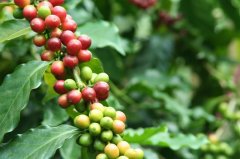
Yega Xuefei highest grade G1 Clinique Lot2 selected micro-batch flavor description and taste introduction
For the exchange of professional baristas, please follow the coffee workshop (Wechat official account cafe_style) Ethiopian washed Yega Xuefei G1 Clinique LOT#2 (Ethiopia Yirgacheffe Hanchebe Lot#2 Washed) flavor description: ginger sugar, coffee blossoms, Earl black tea, bergamot, Yoledo green tea, honey sweetness, delicate and changeable acidity, brown sugar tail rhyme. Country of origin: Ethiopia
- Next
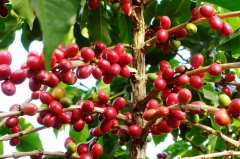
Introduction of some of the most special coffee producing areas in Ethiopia introduction of ECX professional evaluation of flavor
For the exchange of professional baristas, please follow the coffee workshop (Wechat official account cafe_style) Ethiopian washed Yega Xuefei G1 Clinique LOT#2 (Ethiopia Yirgacheffe Hanchebe Lot#2 Washed) flavor description: ginger sugar, coffee blossoms, Earl black tea, bergamot, Yoledo green tea, honey sweetness, delicate and changeable acidity, brown sugar tail rhyme. Country of origin: Ethiopia
Related
- Detailed explanation of Jadeite planting Land in Panamanian Jadeite Manor introduction to the grading system of Jadeite competitive bidding, Red bid, Green bid and Rose Summer
- Story of Coffee planting in Brenka region of Costa Rica Stonehenge Manor anaerobic heavy honey treatment of flavor mouth
- What's on the barrel of Blue Mountain Coffee beans?
- Can American coffee also pull flowers? How to use hot American style to pull out a good-looking pattern?
- Can you make a cold extract with coffee beans? What is the right proportion for cold-extracted coffee formula?
- Indonesian PWN Gold Mandrine Coffee Origin Features Flavor How to Chong? Mandolin coffee is American.
- A brief introduction to the flavor characteristics of Brazilian yellow bourbon coffee beans
- What is the effect of different water quality on the flavor of cold-extracted coffee? What kind of water is best for brewing coffee?
- Why do you think of Rose Summer whenever you mention Panamanian coffee?
- Introduction to the characteristics of authentic blue mountain coffee bean producing areas? What is the CIB Coffee Authority in Jamaica?

